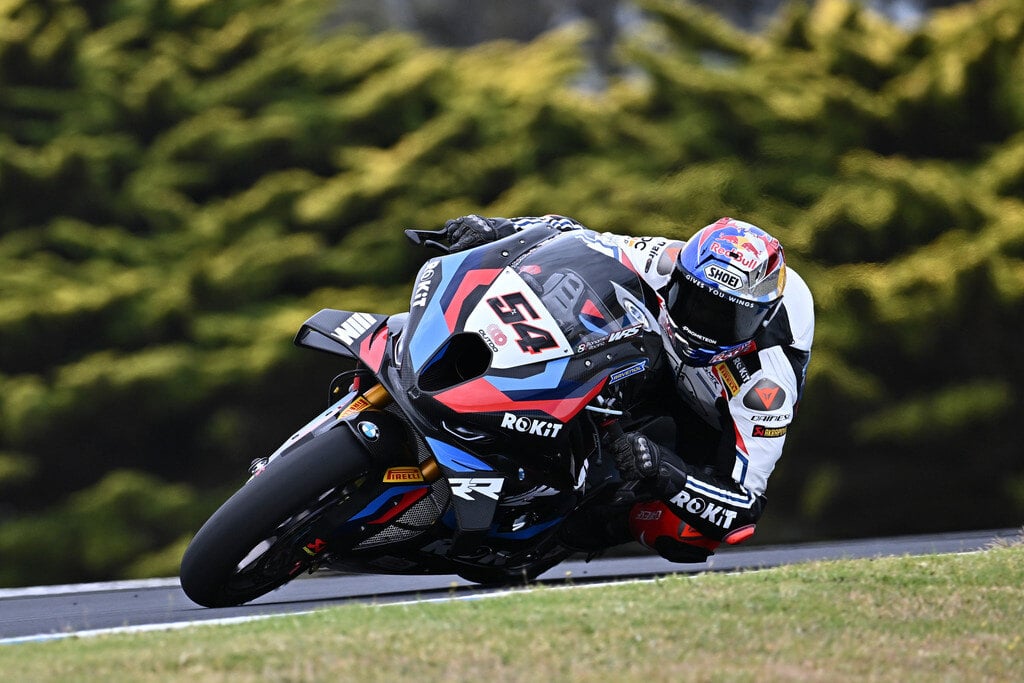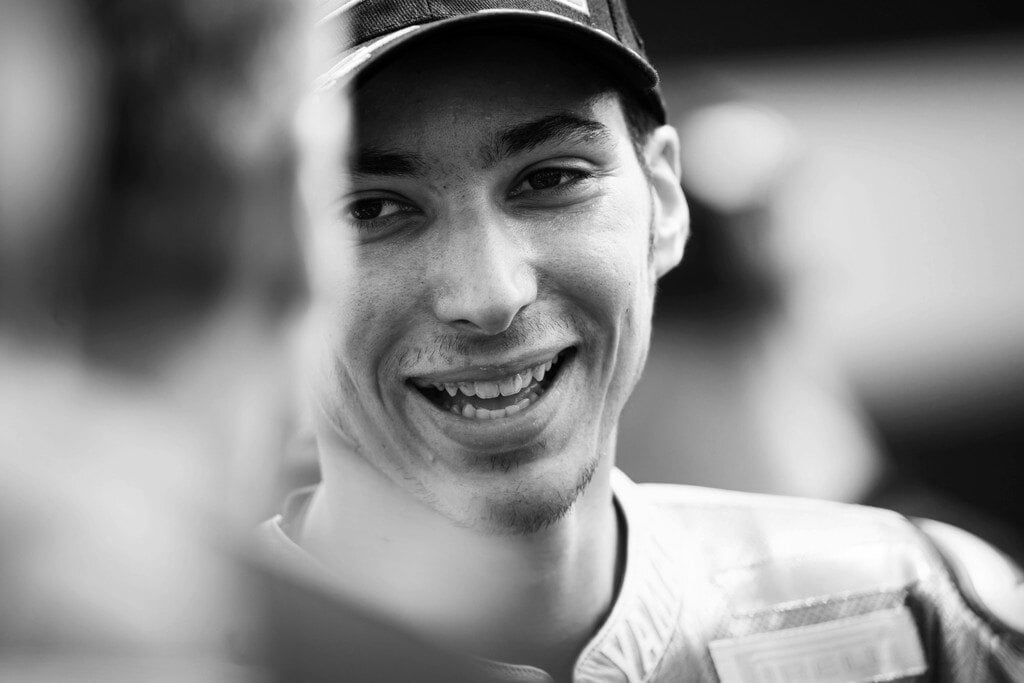At first glance, Toprak Razgatlıoğlu is a shy, polite young man. If you were judge him by his behavior, you wouldn’t even say he was a professional rider. He’s not a character exuding charm or tinged with boastfulness, but he has a record that speaks for itself. European Superstock 600 champion in 2015 at 19, top in the Independent Superbike Trophy in 2019 and World Champion in the same category in 2021, second in the following two seasons.
At the time of writing, toward the end of the 2024 season, his potential seems to have exploded, fully manifesting itself, to an even greater extent than before. More than ever during this season, Toprak Razgatlıoğlu has established himself as an absolute phenomenon in contemporary Superbike by leaping onto a bike previously branded uncompetitive and finding himself in contention for victory in short order.

Having moved beyond the initial wall of reserve, he emerges as a calm, serious young man with some emotional depth. It’s a pleasure to chat with him, a true enthusiast, down-to-earth and with a special dedication to his craft and clear goals in mind.
Toprak, when and how did your passion for motorcycles begin?
When I was growing up, I always looked up to my father as an example. He was a stuntman known throughout Turkey. He bought me a little 50 cc, but even before I got it I was already spending lots of time on a bicycle. I had a lot of fun on my 50 cc. It was a Yamaha PW 50, a mini motocross bike. I was 5 years old.
What was your dream as a kid?
I didn’t really have a dream when I was a kid. I had a lot of fun enjoying riding motorcycles. I went to school and enjoyed that too. I enjoyed the days and I was happy without thinking much about the future. Growing up as a boy, when I had already started my riding career, then I began to dream of becoming a world champion, like my idol Kenan Sofuoğlu.
What’s the meaning of your race number?
My number is 54. I chose it as an homage to Kenan, but not only because of that. It’s also because it’s the number on license plates that indicates the province of Sakarya, where we both come from. He used it for the same reason. I actually used 7 before, but when I got to Superbike Chaz Davies had taken it, so I had to choose another one.
The figure of Kenan Sofuoğlu, five-time World Supersport Champion, is very important to you. We know he’s more than just a friend or an example to emulate – he’s your personal manager, training partner and mentor. What have you learned most by becoming a professional rider and having that kind of a figure alongside you? And how do you manage to keep improving?
I had the fortune, even before turning pro, of training a lot together with Kenan. I asked for a lot of advice and grew with an outright champion. I learned so much from him. Among the most important things, I learned a kind of preparation that helps me to stay strong even and especially in the last part of the race, when others might be tailing off instead. Kenan is my manager and a great friend, but more than a friend I really see him as a big brother.

To improve, I keep on training always and in any case. I’m the home-train-home-train type. I don’t give myself a lot of time to relax. Sure, I like to be with friends, but during the season I’m always very focused. To achieve the most, during the race I think a lot about what I’m going to do. I make a plan, I try to feel how the bike is going, and if it doesn't behave the way I want, I try to work out how to adapt the ride to make it work better.
How do you prepare before a race? Not so much physically and technically, but mentally.
Before the race, I try not to think about it too much. If I focus on the race I tend to build up the pressure. Just before we leave, the people in my group and I chat calmly about this and that – we smile. I know I’ll be giving it my all soon, but that way I avoid building up stress and stay relaxed. I love my job. When I close my visor, I just tell myself to have fun, and if I have fun in the end I can probably win.
What are your plans for the future? Both on the bike and away from it.
For the time being, my goal is MotoGP™. I don’t know if it will be 2026 or 2027, but I want to get there. Otherwise, I’ll find myself at the end of my career not knowing what I would have been able to do had I accepted that offer that I hypothetically wouldn’t have accepted. I don’t want to end up in that situation; I’d rather go, ride it a couple of years, find out I’m not up to it and go back to Superbike, but I have to try.
After my riding career I’d like to devote myself to cars instead. I’m very passionate about that as well. Maybe with GTs like Valentino, but I actually think rallies are more fun. Maybe not the world championship – it takes a lot of preparation to get there – but I think with a rally car I could have a lot of fun. There you always go sideways and you also race on dirt.
You’ve been a Dainese professional rider for several years, so let’s talk about your gear, what you wear every time you get on the bike and on the track. For Dainese, the D-air® airbag is a key protector. What do you think of it?
I started racing without airbags, but when I was able to try it out I thought it was a marked improvement right away and immediately had a feeling of great safety. Since then I’ve had a few serious falls, and the Dainese suit with airbag has always helped me get home in one piece. It’s hidden protection. When you fall with a highside or at high speed you don’t notice the activation at all – you’re too caught up in the accident –but you notice it sometimes if you fall with a lowside, not going too fast.

Some riders says an airbag is like a helmet – once you get used to it you can’t ride without it. Do you agree with them?
The airbag is really a great invention. It’s one of those things that when you get used to it, you don’t want to give it up. I wouldn't want to get on a bike without it, so I’d say yes. I actually use it all the time, so it’s an absence I never experience, but sometimes when I’m riding with Kenan he uses an old suit with no airbag, and then he does tell me he doesn’t feel as safe as he’d like. The level achieved by the product itself is really good, and if I could improve something I’d extend the coverage to some areas that aren’t covered now, because the idea of air protection works.
Do you feel safe when you race at 300 plus km/h? Are you ever afraid?
I’m just doing my job. I have fun. You have to bear in mind that we’re obviously not looking at the speedometer, but I don’t perceive myself travelling at 300 km/h in any case. All geared up and protected as I am, I feel like I’m relatively slow. I don’t think many share that feeling, but that’s how it is for me. Fear? It can happen – we’re human – but at other times, not at top speed on the straight.